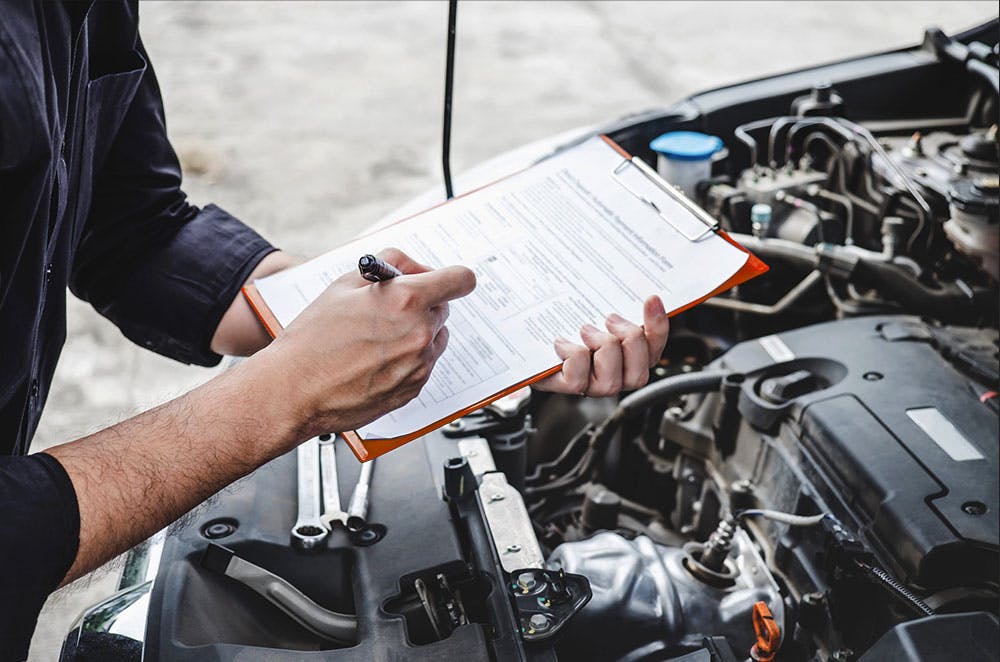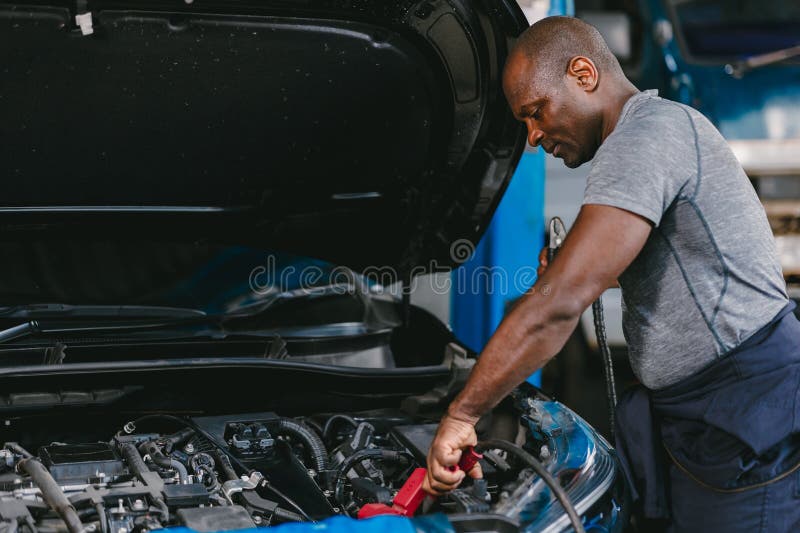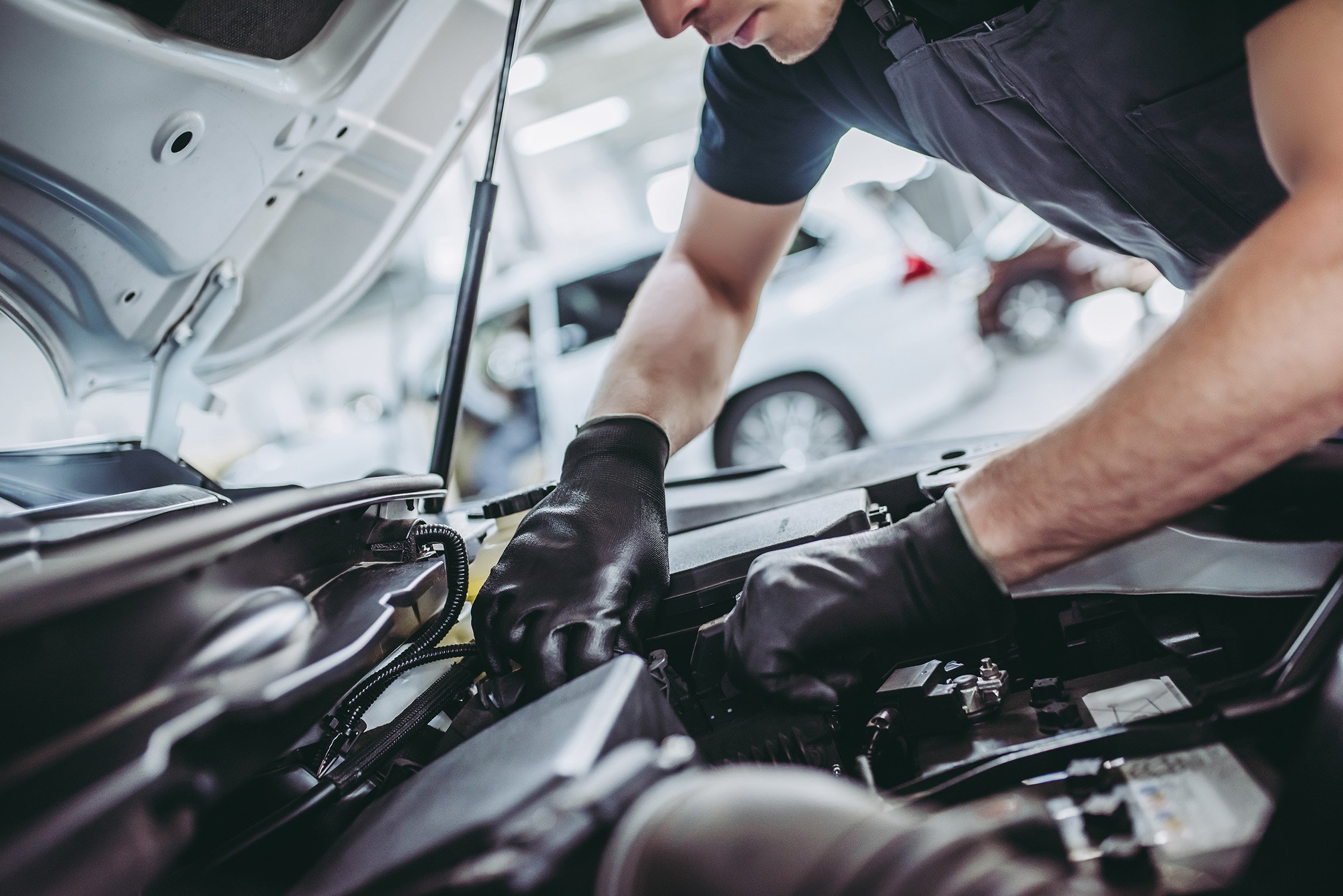Featured

The vehicle repair work market is quickly developing with the introduction of brand-new technologies that are reshaping just how automobiles are identified, serviced, and repaired. From the adoption of expert system (AI) to the integration of electric car (EV) upkeep, these advancements are enhancing repair work performance, lowering prices, and improving the general client experience. In this write-up, we'll explore some of one of the most notable vehicle technology developments out of commission that are helping contemporary technicians stay in advance of the contour.
- AI-Powered Diagnostic Tools. Fabricated knowledge is transforming the analysis process in automobile repair service. Mechanic shops can now utilize sophisticated scanners that use AI to detect issues, anticipate prospective failings, and also recommend specific repair services.
- Electric and Hybrid Automobile Services. As the need for electric lorries (EVs) and crossbreeds expands, so does the need for specialized repair innovations and training. Furthermore, lots of fixing stores are now investing in electric vehicle-specific devices, such as high-voltage insulation testers and charging terminal diagnostics, to guarantee that service technicians can safely and efficiently solution these innovative automobiles.

- 3D Printing in Car Repair Work. 3D printing has ended up being an effective tool for automobile repairs, particularly when it comes to creating hard-to-find or stopped components. This technology is especially useful for recovering classic vehicles or fixing cars that no longer have readily available substitute parts.
- Robotics and Automation. Robotic technology is being incorporated into the automotive repair work process to enhance efficiency and precision. Robotics are being made use of for recurring jobs such as tire rotations, oil adjustments, and brake maintenance, allowing professionals to concentrate on even more complicated repair work. These robots can operate with high degrees of precision, reducing the threat of human error and improving the top quality of the fixing. In the future, robotics may tackle a lot more advanced fixing functions, allowing quicker turnaround times and boosting the overall consumer experience.
- Increased Reality (AR) for Professional Help. Augmented reality is transforming the means technicians access repair work information and perform tasks. By utilizing AR glasses or tablet computers, professionals can overlay digital details, such as repair work handbooks, layouts, and step-by-step directions, directly onto the lorry they are working with. This real-time visual assistance enhances repair accuracy and performance, lowering the likelihood of mistakes. As an example, a mechanic might be able to see the precise location of a part that requires repair work without needing to speak with numerous recommendation products. AR likewise aids in educating new technicians by offering interactive learning experiences, quickening their finding out procedure.
- Predictive Upkeep via IoT. The Internet of Points (IoT) is changing lorry upkeep by connecting vehicles to networks that gather information in genuine time. IoT sensors check an automobile's health and send vital data, such as oil levels, tire pressure, engine temperature, and battery status, to cloud-based systems. This data is assessed by anticipating maintenance algorithms to identify potential concerns before they lead to breakdowns. If a sensor discovers unusual wear in the brakes, the system can signal the driver or service technician prior to it comes to be a major issue. Predictive maintenance helps customers stay clear of unexpected repair service costs and prolong the life expectancy of their lorries.

- Telematics and Remote Diagnostics. Telematics systems, which are commonly made use of in modern-day vehicles, allow remote diagnostics and real-time monitoring. These systems send out information about a lorry's performance, consisting of engine health and wellness, tire condition, and fluid levels, to solution facilities and suppliers. If a problem occurs, technicians can identify the concern remotely, frequently taking care of software application problems or upgrading the car's firmware without the demand for a physical service visit. Sometimes, technicians can also repair concerns or schedule a visit prior to the car gets to the repair store. This remote strategy to diagnostics enhances benefit and minimizes downtime for vehicle proprietors.
- Lorry Information Sharing for Improved Service. With accessibility to detailed information from a car's past solution history, consisting of previous fixings, components substitutes, and efficiency reports, technicians can more precisely examine existing issues. By leveraging this data, fixing stores can give tailored remedies based on the vehicle's unique history, helping to stop future concerns and boosting long-term automobile performance.
Final thought. AI-powered analysis devices, robotics, 3D printing, and IoT connectivity are simply a few examples of the cutting-edge innovations changing the method automobiles are fixed. As the industry continues to accept these improvements, fixing stores that stay up-to-date with the most recent devices and methods will certainly be better geared up to satisfy the requirements of modern-day car owners.
Latest Posts
Discover the Leading Auto Repair Coupons in Montclare, Chicago
Published en
1 min read
Find Premier Auto Repair Solutions in Chicago – Expert Care for Your Vehicle
Published en
1 min read
Find Oil Changes & More: Comprehensive Auto Care Solutions from Montclare Auto Repair
Published en
1 min read
More
Latest Posts
Discover the Leading Auto Repair Coupons in Montclare, Chicago
Published May 30, 25
1 min read
Find Premier Auto Repair Solutions in Chicago – Expert Care for Your Vehicle
Published May 25, 25
1 min read
Find Oil Changes & More: Comprehensive Auto Care Solutions from Montclare Auto Repair
Published May 24, 25
1 min read